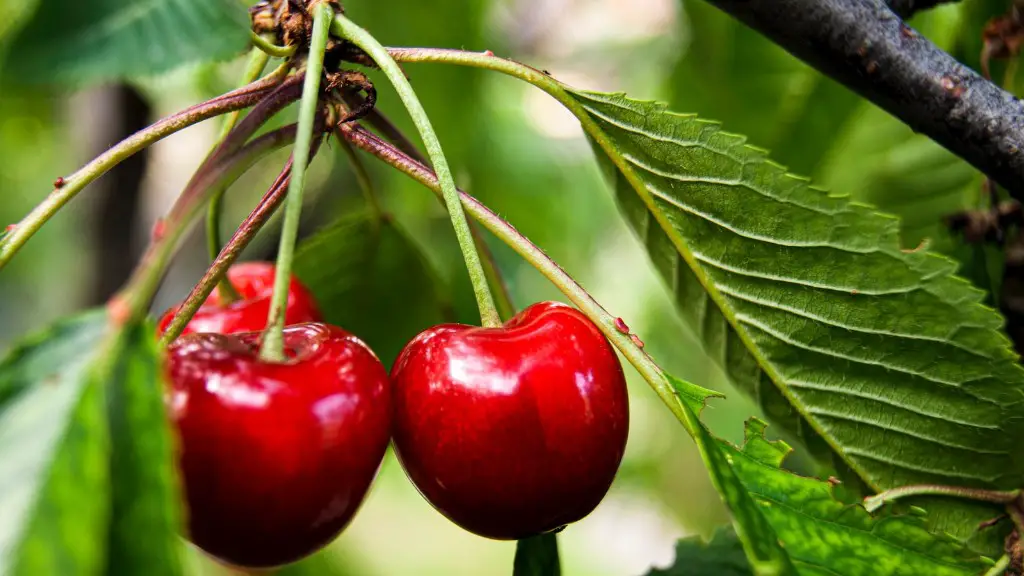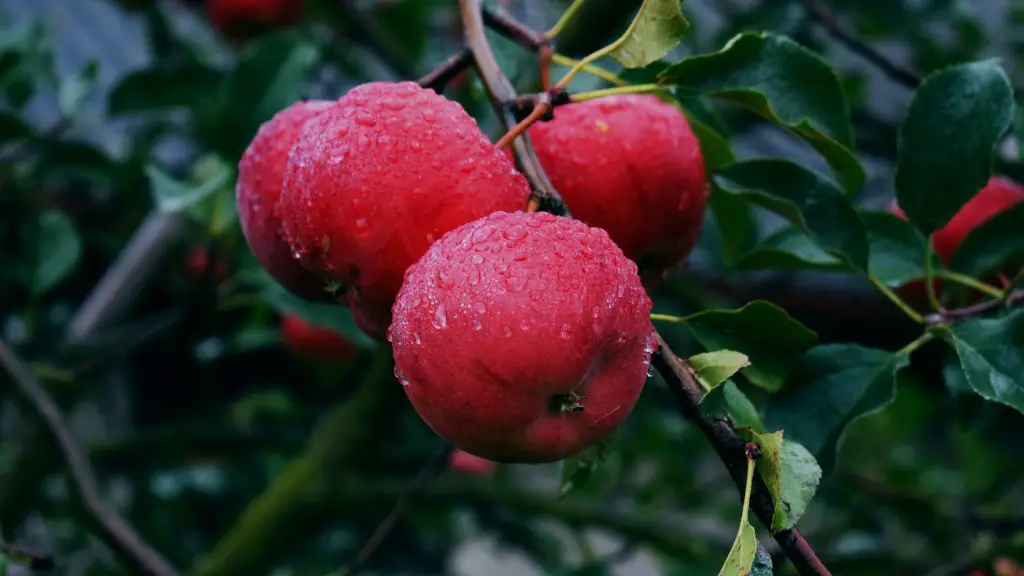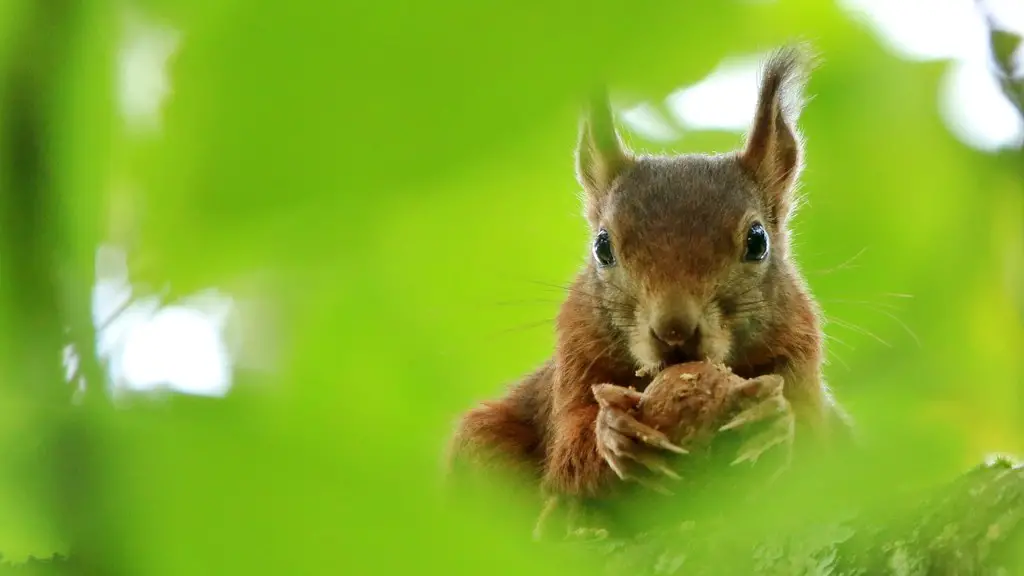Physical Features
Cherry trees vary in size, but are typically well-branched and slightly rounded when mature. Tree height can range from 10 to 40 feet tall. Leaves may be singular or twin, with a shape that can range from oblong to almost circular, with veins that are serrated or smooth. Blossoms come in various colors and form a cluster of five to eight blossoms. The bark is usually rough, either exfoliating or scaly. Additionally, the bark may change color with age, ranging from brown or gray to reddish-brown.
Fruit is one of the most distinguishable characteristics of a cherry tree. Pomaceous cherries’ fruits may be round or oval, and measure up to 2 inches in length. Each cherry contains a single hard “stone” seed, and the flavor of pomaceous cherries’ fruit can range from sweet to tart. Sweet fruit can also be red, yellow or black. In contrast, drupes, or stone fruit, have a fleshy exterior and contain seed pits within. This type of fruit may be large or small, and may vary in color, such as with the classic red, Bing cherry.
Identifying a Cherry Tree by Region
The type of cherry tree that grows in a certain area is determined by the climate, soil quality and elevation of the region. For example, sour cherries are primarily grown in the northeastern states, while sweet cherries tend to be found on the west coast and in the Midwest. If one is unsure of the specific type of cherry tree that grows in a region, local experts are the best source of information due to their vast knowledge of the region.
Nutritional Value
Cherry trees provide a rich source of vitamins such as vitamin A, vitamin C, and potassium. Due to their abundant variety of antioxidants, cherries are beneficial for cognitive health, anti-inflammatory processes and are believed to help reduce the symptoms of gout and arthritis. In addition to their nutritional value, cherries provide a delightful taste when used in foods such as jams, pies, and tarts, as well as in beverages such as syrups and ciders.
Pest and Disease Factors
A variety of pet, including the cherry fruit fly, the Japanese beetle, and the cherry root borer, can affect cherry trees. Diseases may also be a factor, as it is with powdery mildew, caused by the fungis Podosphaera malchezar. This can cause pale, yellow spots to form on the leaves and may cause them to drop prematurely.
Tree Lifespan and Pruning Techniques
Most cherry trees can live for decades, but their lifespan is influenced by factors such as winter weather, pests, and diseases. To ensure the longevity of a cherry tree, individuals should practice proper pruning techniques when necessary. To prune a cherry tree, experts suggest trimming a stem at a forty-five-degree angle and cutting just above a bud. Pruning stimulates growth while also promoting larger, more colorful blooms.
Care and Maintenance Tips
Cherry trees require soil that has neutral to slightly acidic pH, with a minimum of 7.0. Additionally, the soil should be well-drained, with composted organic material added annually. Trees should also be planted in an area with full sun, six to eight hours a day. For optimal growth and health, water cherry trees the day before pruning, during flowering or when fruit is set, and immediately after planting.
Harvesting Cherries
When harvesting cherries, either sour or sweet, keep in mind that not all cherries are ready for harvest at the same time. Instead, pick them in stages by waiting for a full round, deep color. For sour cherries, pick when the skins are firm and shiny. Sweet cherries are ready when they are plump and reach the desired color.
Conclusion
Identifying a cherry tree can be done by its physical traits, such as its bark and leaves, as well as by asking local horticultural experts. In addition to providing aesthetic appreciation, cherry trees provide various nutritional values that can benefit one’s health. Prior to planting a tree, proper care and maintenance is key, as well as knowing the appropriate time to prune and harvest. With the information provided, adopting a cherry tree into one’s property will hopefully be a successful and rewarding experience.


